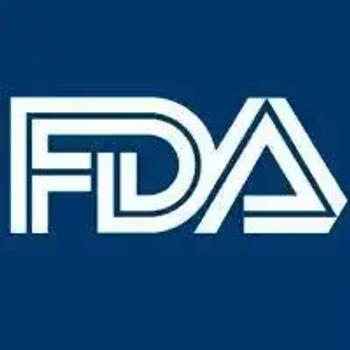
Expert discusses the relationship between RCTs and real-world efficacy of prostate cancer treatments
"To me, the key take-home is that the benefits that we see in clinical trials, we actually can replicate in the real world," says Stephen J. Freedland, MD.
Findings from a review of randomized clinical trials (RCTs) and real-world efficacy of prostate cancer treatments indicate that RCTs may slightly underestimate the benefits of the treatments.1
“When you conduct a phase 3 clinical trial, obviously it's a select group of patients that go on those trials. We know that they tend to be younger, tend to be healthier, and we see impressive benefits for these drugs that go on to [be] what we call practice changing, getting in the guidelines, approved by the FDA. The question is, do these drugs actually work the way we think they do in real world? It's a very simple question, and that was the goal: to take what we saw in the clinical trials and compare it to what we saw in the real world, and how well does what we see in the trial replicate what we see in the real world?” said Stephen J. Freedland, MD, a professor of urology at Cedars-Sinai in Los Angeles, California, in an interview with Urology Times®.
The investigators focused on prostate cancer drugs specifically, of which several have been approved in recent years, including abiraterone acetate (Zytiga), enzalutamide (Xtandi), sipuleucel-T (Provenge), and radium-223 (Xofigo).
“What we saw is, once a drug becomes approved, quickly, there's a selection of who gets that drug [and] who doesn't based upon various factors. If you don't account for that, the real-world benefits seem to be a little bit less than what we saw in the clinical trials. But if you take patients who would have had access [and] would have been eligible for those drugs, but before they became available—so basically, there is no selection bias of who got the drug and who didn't, because nobody got the drug because it wasn't approved, but the patient would have qualified for the drug, and that becomes the reference group—what we actually saw is that clinical trials tend to underestimate the benefit of these drugs in the real world. I think either way, whether we're underestimating or overestimating, the differences are relatively modest. To me, the key take-home is that the benefits that we see in clinical trials, we actually can replicate in the real world, which gives us a lot of confidence that to say, yes, it might have been a healthy, predominantly White patient population that was studied, but it's going to apply to my more representative, my more diverse group of patients that I'm seeing. I could probably get pretty similar benefits,” Freedland said.
REFERENCE
1. Axeen S, Chen AJ, Lakdawalla DN, et al. Do trial benefits predict real-world gains in metastatic castration resistant prostate cancer. JNCI Cancer Spectr. 2025;9(2):pkaf018. doi:10.1093/jncics/pkaf018
Newsletter
Stay current with the latest urology news and practice-changing insights — sign up now for the essential updates every urologist needs.


















